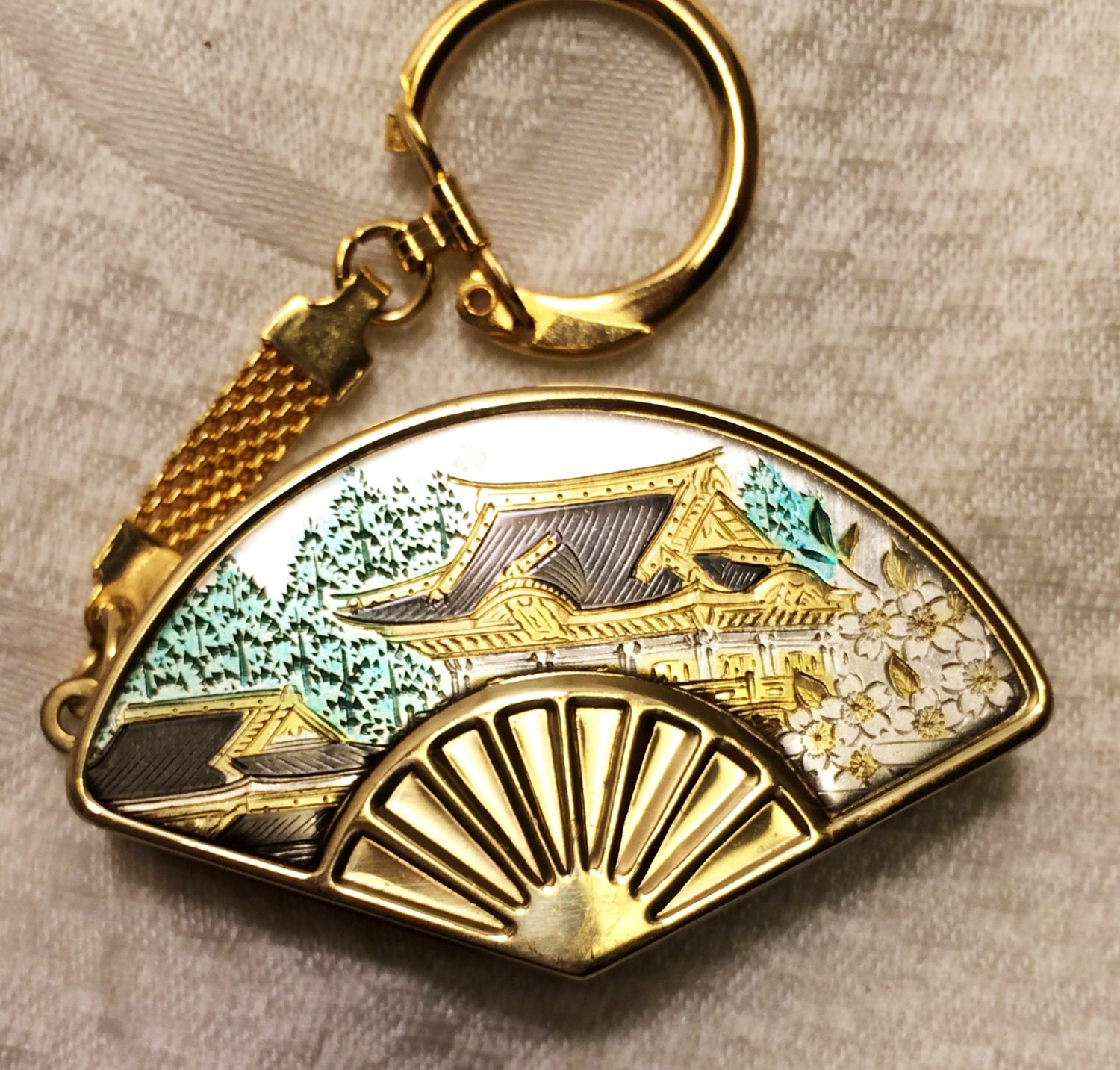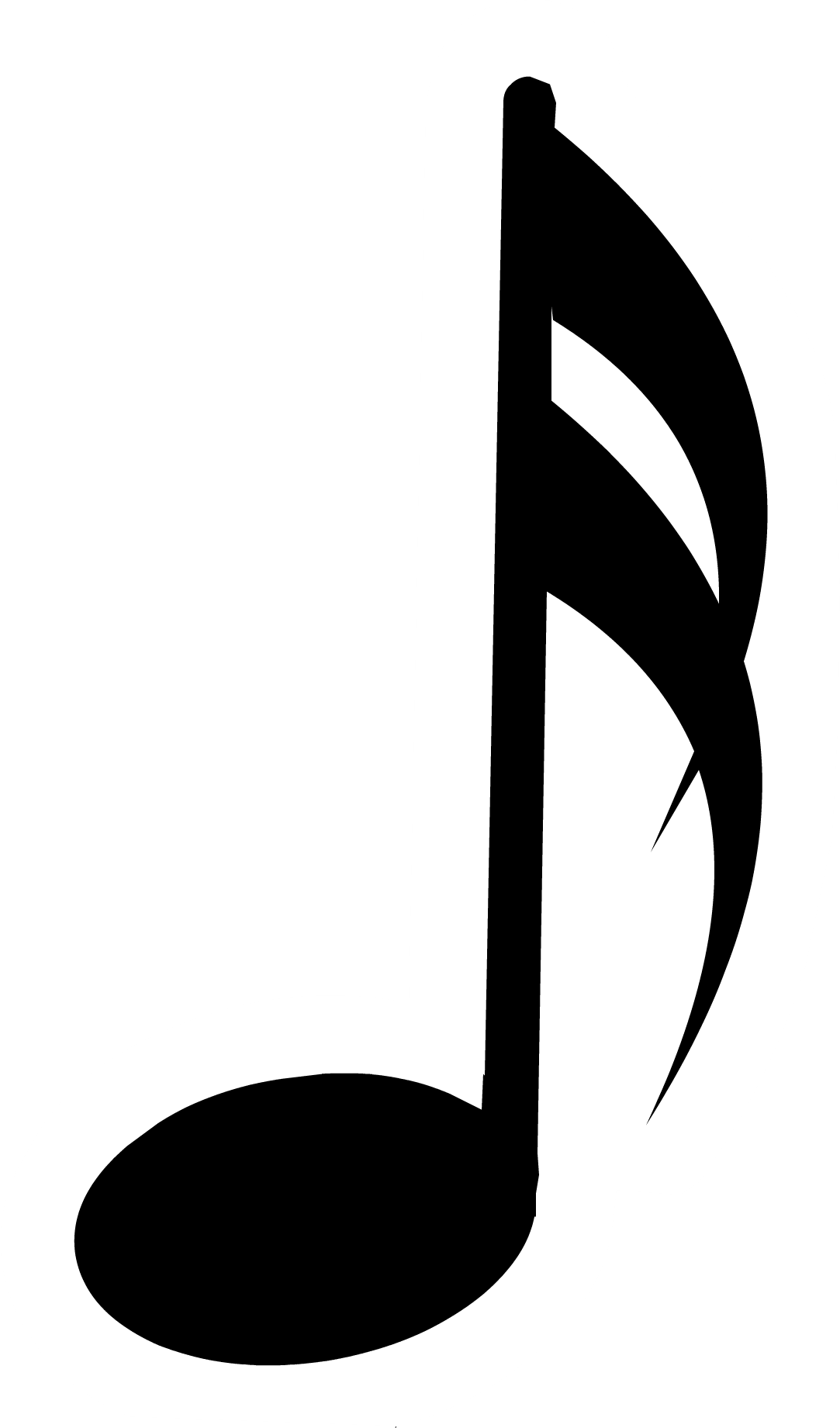


When the stem is pointing up, it joins on the right side of the note head. This is the thin vertical line that is attached to the note head. At its most basic, it tells the performer what note to play on their instrument. This is an oval shape that is either open (white) or closed (black). Individual note symbols are a combination of up to three basic elements: the note head, the stem, and flags. For the lines, "Every Good Boy Does Fine" is one popular mnemonic, and the spaces spell out the word "FACE." Practicing with an online note recognition tool is another great way to reinforce these associations. This may seem like a lot to remember, but you can use mnemonics-or word cues-that may help you remember them.The four spaces, from the bottom up, represent these notes: F A C E.The five lines, from the bottom up, represent the following notes: E G B D F.When notes are added to the staff in the treble clef, they will have the following values: One good way to remember this is that the line at the center of the clef's "swirl" wraps around the line that represents the note G. The treble clef, or G clef, is derived from an ornamental Latin letter G.All instruments and voices in the higher ranges use the treble clef, and for this intro to reading music, we'll focus primarily on this clef for our examples. X Research source This sign, which looks like a big, fancy cursive symbol at the left end of the staff, is the legend that tells you approximately what range your instrument will play in. One of the first things you'll encounter when reading music is the clef. In rock and popular music, examples of songs that emphasize parallel keys include Grass Roots' " Temptation Eyes", The Police's " Every Little Thing She Does Is Magic", Lipps Inc's " Funkytown", The Beatles' " Norwegian Wood," and Dusty Springfield's " You Don't Have To Say You Love Me".Start with the treble clef.

Later it also became common to state the second theme in the tonic major in the recapitulation, with or without a later return to the minor. This is unique to the form, and allows the composer to state a given theme in both major and minor modes. Class or key have their second theme in the relative major in the exposition, but the second theme comes back in the original minor key in the recapitulation. This change is quite distinct from a switch to the relative minor. To the Western ear, the switch from a major key to its parallel minor sounds like a fairly simplistic saddening of the mood (while the opposite sounds like a brightening). In the early nineteenth century, composers began to experiment with freely borrowing chords from the parallel key. info) scales on C: common notes connected by a vertical line.Ī major scale can be transformed to its parallel minor by lowering the third, sixth, and seventh scale degrees, and a minor scale can be transformed to its parallel major by sharpening those same scale degrees.


 0 kommentar(er)
0 kommentar(er)
